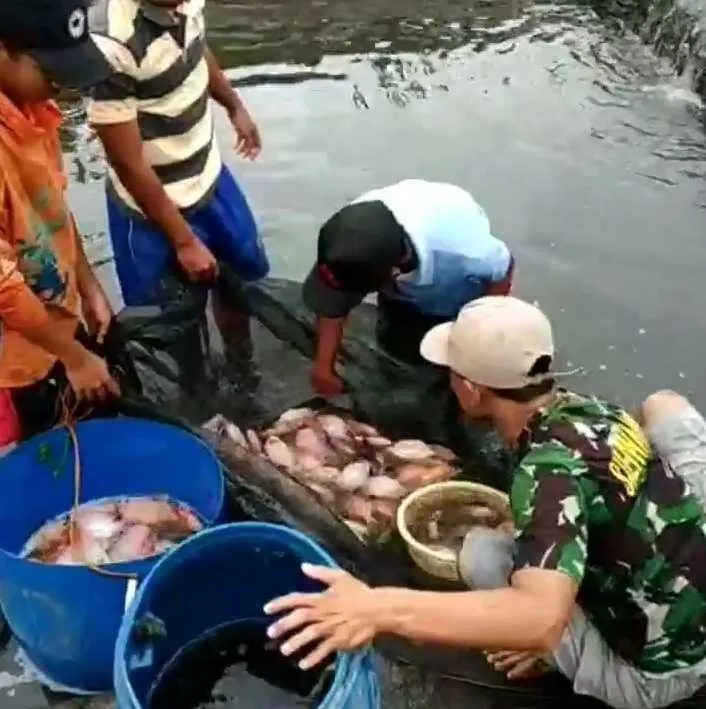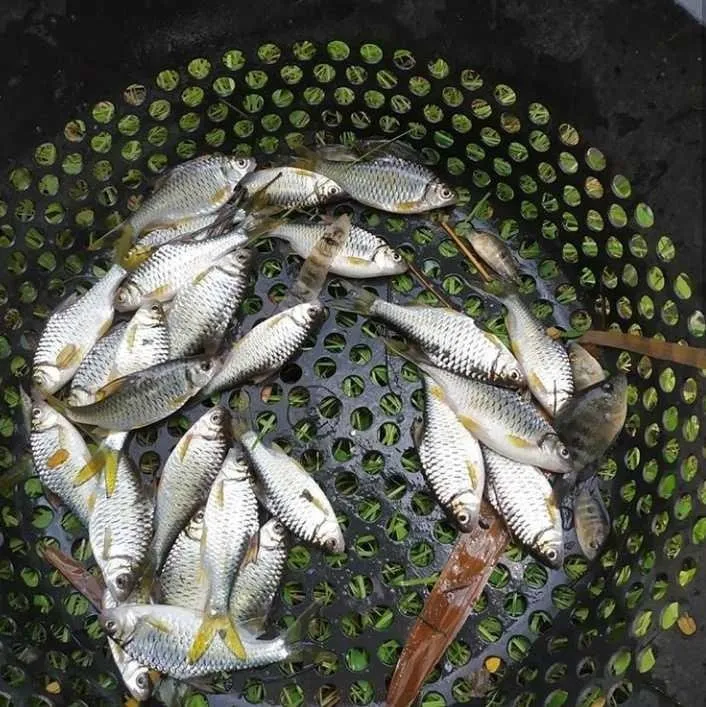
Today's work is a bit tiring because me and my friends are harvesting fish and now it's time to harvest, well I'll share the fish harvest process today
Tilapia Cultivation Preparation
- Tilapia Pond
This tilapia can be cultivated in clay ponds, tarpaulin pools, floating net cages, brackish water ponds, or concrete or cement ponds. I highly recommend that you use a clay pool to be efficient and easy
The length and width of the pool according to your taste. Adjust to your needs and belongings. Do not forget there is a circulation hole in the bottom corner, made a little sloping so that it is easy when cleaning the pool water

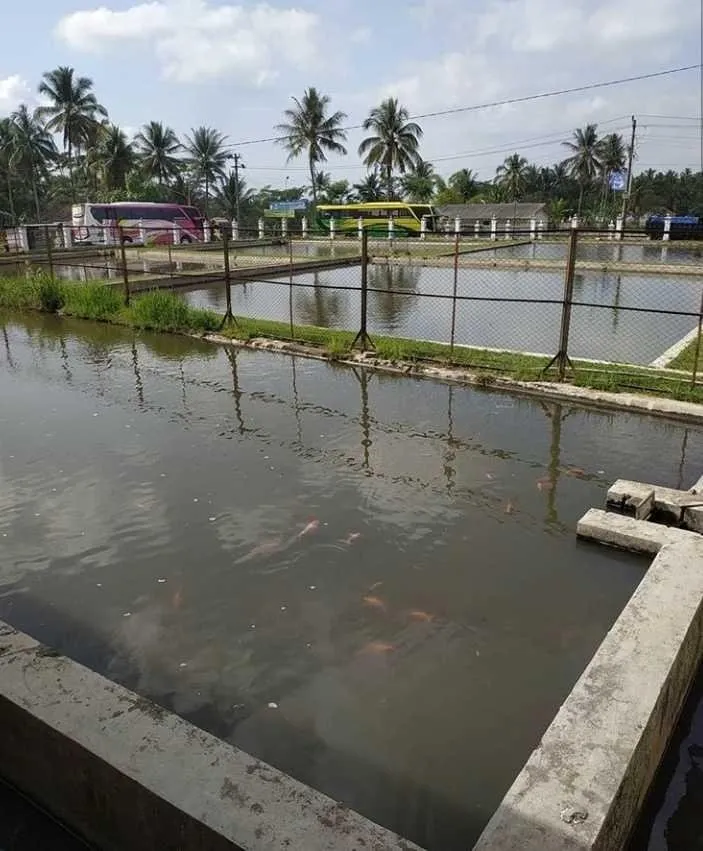
- Seed Selection
First decide what type of indigo you will cultivate? the most cultivated farmers are red tilapia because consumers like it a lot
Characteristics of male nila
The belly color of male nila is rather dark, while the female indigo is rather white
Chin male tilapia is rather black, female tilapia is rather white
There are 2 Urogenital holes for male tilapia for females 3 (1 for removing eggs)
The bright male fin tilapia is clear, the female tilapia fin is pale red
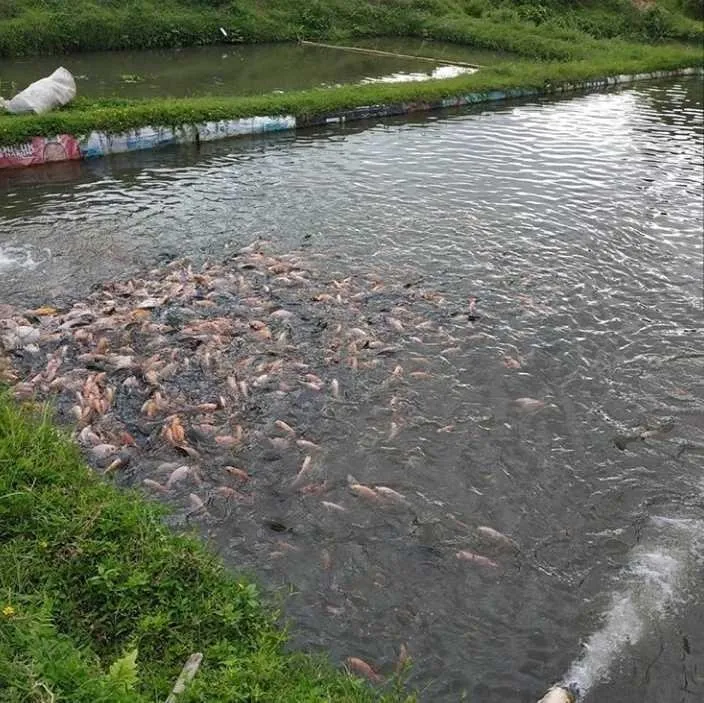
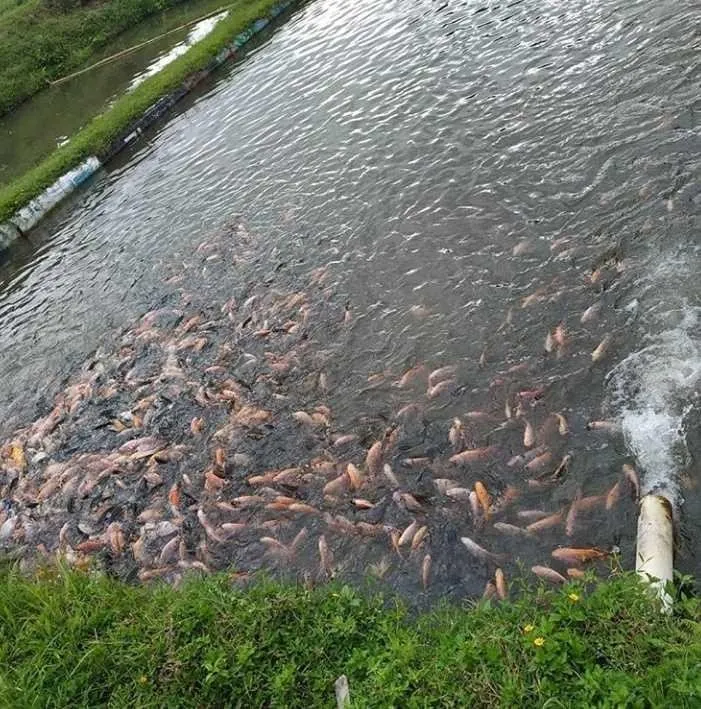
- Enlargement and Maintenance of Tilapia
The key to success of tilapia cultivation is the perseverance of farmers in the following 3 things: Water treatment, Feeding, and handling of pests and diseases
- Feed
If you are a beginner, I will tell you Feed is the biggest cost in tilapia cultivation.
- Dealing with Tilapia Pests and Fish Diseases.
Tilapia pests and diseases can occur at any stage, starting from the stage of seed dispersal to the stage of almost harvesting
- Tilapia Harvest
Harvest time varies between 4-7 months, depending on location and perseverance of the entrepreneur. There are also 2 months, how to buy seeds that are large and give lots of tilapia feed. Actually it is not the time that becomes the benchmark of harvest, but the weight of the fish. That is the importance of randomly measuring the weight of some tilapia every two weeks, so that we know the weight of fish and feed needs.
